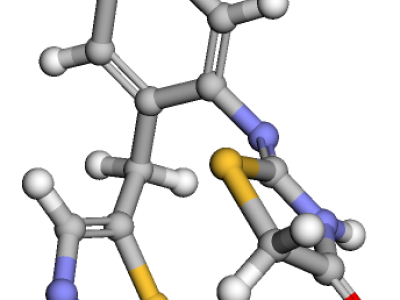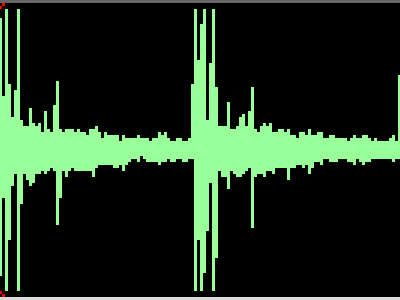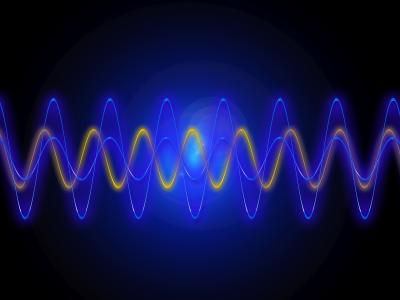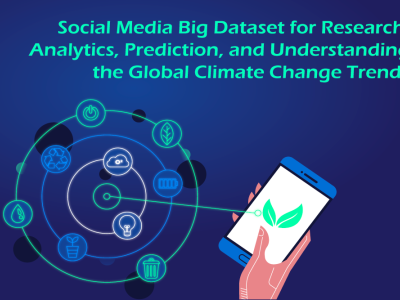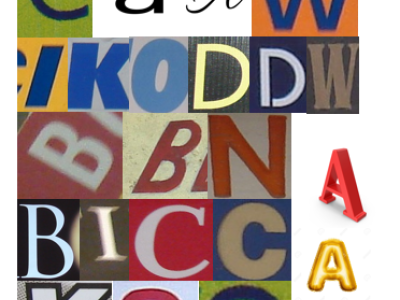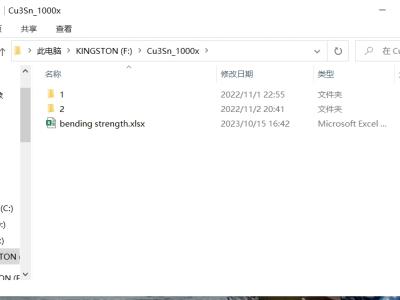
Nowadays, how to non-destructively obtain the bending strength of the bronze-based matrix fabricated by low-temperature hot pressing sintering (HPS) is still difficult. The main contribution of our research is a proposed visual quantization model based on microstructure features of metallographic microscopy images and machine learning to predict the bending strength of bronze-based material. Exploring the interrelationship between microstructure features and mechanical properties will guide the modulation of grinding wheel composition and HPS parameters.
- Categories:

